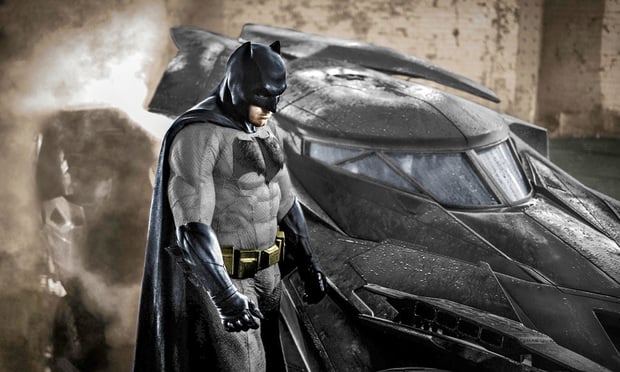Law.com Subscribers SAVE 30%
Call 855-808-4530 or email [email protected] to receive your discount on a new subscription.
Litigating Redesigns At the ITC
Patent owners that prevail in an International Trade Commission (ITC) investigation can significantly disrupt the business of the opposing party. On a finding for the patent owner, the ITC issues an exclusion order, preventing the opposing party from importing the infringing products into the United States. But as shown in the recent ITC determination in Certain Audio Players and Controllers (Inv. No. 337-TA-1191), proving non-infringing redesigns can mitigate the disruptive effects of such an exclusion order. This article provides an overview of redesigns at the ITC, a discussion of the ITC's recent determination in Certain Audio Players and Controllers, and identifies some considerations to keep in mind when litigating redesigns at the ITC.
Overview of Remedies and Redesigns At the ITC
The ITC provides powerful relief for patent owners that establish a violation of Section 337 of the Tariff Act of 1930 (Section 337), which prohibits unfair trade practices, including importation of "articles that infringe." Unlike in Federal District Court where injunctive relief may be difficult to obtain, the ITC's sole remedy is preventing infringing products from crossing U.S. borders. 19 U.S.C. §1337(a)(1)(d).
The ITC can exclude products found to infringe a valid and enforceable patent by way of a limited exclusion order (LEO) or a general exclusion order (GEO). LEOs exclude the infringing products of a named respondent and are the default remedy for violations of Section 337. 19 U.S.C. §1337(a)(1)(d)(2). The ITC also can issue a GEO, excluding all infringing products, regardless of whether the importer is a named respondent, where such an order is necessary to prevent circumvention of a LEO or where there is a pattern of violation of Section 337 and identifying the source of infringing products is difficult. Id. The ITC also may issue a cease-and-desist order (CDO), preventing respondents who already have "commercially significant inventories of infringing products" in the U.S. from selling those inventories. Integrated Repeaters, Inv. No. 337-TA-435, Comm'n Op. at 27 (Aug. 16, 2002). Accordingly, the ITC's remedies can disrupt or halt entirely the business of any party subject to such orders.
This premium content is locked for Entertainment Law & Finance subscribers only
ENJOY UNLIMITED ACCESS TO THE SINGLE SOURCE OF OBJECTIVE LEGAL ANALYSIS, PRACTICAL INSIGHTS, AND NEWS IN ENTERTAINMENT LAW.
- Stay current on the latest information, rulings, regulations, and trends
- Includes practical, must-have information on copyrights, royalties, AI, and more
- Tap into expert guidance from top entertainment lawyers and experts
Already a have an account? Sign In Now Log In Now
For enterprise-wide or corporate acess, please contact Customer Service at [email protected] or 877-256-2473

Major Differences In UK, U.S. Copyright Laws
This article highlights how copyright law in the United Kingdom differs from U.S. copyright law, and points out differences that may be crucial to entertainment and media businesses familiar with U.S law that are interested in operating in the United Kingdom or under UK law. The article also briefly addresses contrasts in UK and U.S. trademark law.

The Article 8 Opt In
The Article 8 opt-in election adds an additional layer of complexity to the already labyrinthine rules governing perfection of security interests under the UCC. A lender that is unaware of the nuances created by the opt in (may find its security interest vulnerable to being primed by another party that has taken steps to perfect in a superior manner under the circumstances.

Strategy vs. Tactics: Two Sides of a Difficult Coin
With each successive large-scale cyber attack, it is slowly becoming clear that ransomware attacks are targeting the critical infrastructure of the most powerful country on the planet. Understanding the strategy, and tactics of our opponents, as well as the strategy and the tactics we implement as a response are vital to victory.

Removing Restrictive Covenants In New York
In Rockwell v. Despart, the New York Supreme Court, Third Department, recently revisited a recurring question: When may a landowner seek judicial removal of a covenant restricting use of her land?

"Holy Fair Use, Batman": Copyright, Fair Use and the Dark Knight
The copyright for the original versions of Winnie the Pooh and Mickey Mouse have expired. Now, members of the public can create — and are busy creating — their own works based on these beloved characters. Suppose, though, we want to tell stories using Batman for which the copyright does not expire until 2035. We'll review five hypothetical works inspired by the original Batman comic and analyze them under fair use.

